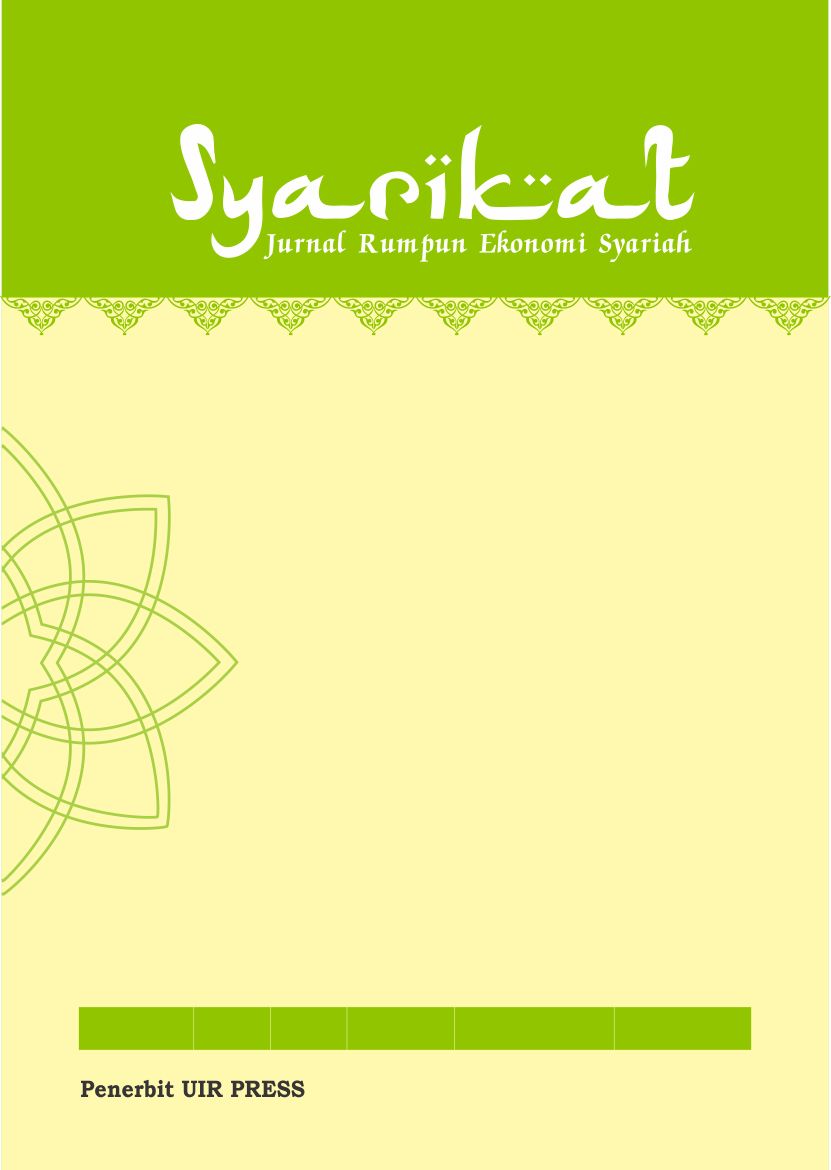Factors Influencing Financial Quality between Conventional and Islamic Banks in Indonesia
DOI:
https://doi.org/10.25299/syarikat.2024.vol7(1).16964Keywords:
Finance, Banking, Risk, Sharia, ConventionalAbstract
This study examines the factors influencing financial quality between conventional and Islamic banks in Indonesia. Islamic banks operate without interest, focusing on economic justice, while conventional banks rely on interest rates. This research aims to identify and analyze the key factors affecting the financial quality of both types of banks. Panel data from annual financial reports (2008-2016) were analyzed using multivariate regression. The main findings indicate that Islamic banks are influenced by operational efficiency and net operating margin, whereas conventional banks are more affected by credit risk and operational management. These findings suggest that Islamic banks must enhance operational efficiency for profitability, while conventional banks should focus on risk management and cost efficiency. In conclusion, there are significant differences in the factors affecting the financial quality between the two types of banks, which is essential for policymakers and bank management.
Downloads
References
Abidi, I., Nsaibi, M., & Regaieg, B. (2020). Financial Stability of Conventional and Islamic Banks: Empirical Evidence. International Journal of Accounting and Financial Reporting, 10(1), 30.
Al Rasyid, H. A. R., & Sosrowidigdo, S. (2022). Pengaruh Return On Assets(ROA) Dan return On Equity(ROE) terhadap Kinerja Kesehatan Capital Adequacy Ratio(CAR) Pada Bank BTPN. Owner, 6(1), 620–631.
Alharbi, A. (2016). Performance of conventional and Islamic banks. Global Journal of Management and Business Research, 16(1), 21–40.
Arikunto, S. (2019). Prosedur Penelitian. Rineka Cipta.
Bernstein, D. (1996). Asset quality and scale economies in banking. Journal of Economics and Business, 48(2), 157–166.
Burgess, N. (2020). Capital Structure & Corporate Finance Techniques to Maximize Firm Value Investor Returns. SSRN Electronic Journal.
Faruq, M. (2021). Islamic Banking Sharia Compliance on Currency Transactions.
Füzes, K. (2019). Factors of return on equity in the Hungarian banking sector. Köz-Gazdaság-Review of Economic Theory and Policy, 14(3), 308–315.
Gadhia, N. M. (2015). A Study of Assets Quality of Selected Public & Private Sector Banks in India. International Journal of Applied Research, 1(12), 270–274.
Gale, D., & Gottardi, P. (2020). A general equilibrium theory of banks’ capital structure. Journal of Economic Theory, 186, 104995.
Ghosh, N. (2023). Can CMAs be a Panacea in asset quality management in Indian commercial banks? In S. Haque, N. Srividya, & A. Sen (Eds.), Sustainable excellence: A contemporary business perspective. Excel India Publishers.
Ghozali, I., & Ratmono, D. (2017). Analisis multivariat dan ekonometrika. Badan Penerbit Universitas Diponegoro.
Handayani, M., Samosir, P. S., & Suparningsih, B. (2022). The effect of return on equity (ROE) and debt to equity ratio (DER) on stock prices with inflation as mediation variables: Case study on banking companies listed on the Indonesia stock exchange 2014-2020 period. International Journal of Multidisciplinary Research and Growth Evaluation, 50–56.
Hanif, M. (2014). Differences and similarities in islamic and conventional Banking. International Journal of Business and Social Sciences, 2(2).
Haugen, R. A., & Senbet, L. W. (1979). New Perspectives on Informational Asymmetry and Agency Relationships. The Journal of Financial and Quantitative Analysis, 14(4), 671.
Islam, M. R. (2023). The Impact of Macroeconomic Factors on Profitability of Commercial Bank in the UK. International Journal For Multidisciplinary Research, 5(1).
Jayaraman, S., & Thakor, A. V. (2014). Who Monitors the Monitor? Bank Capital Structure and Borrower Monitoring. SSRN Electronic Journal.
Kabir, M. N., Worthington, A., & Gupta, R. (2015). Comparative credit risk in Islamic and conventional bank. Pacific-Basin Finance Journal, 34, 327–353.
Kladakis, G. (2020). Bank Asset and Informational Quality. SSRN Electronic Journal.
Luqmanulhakim, L., Rulindo, R., & Anwar, S. (2021). Stability Analysis Of Islamic Banking: Indonesia, Malaysia And Pakistan. Iqtishaduna: Jurnal Ilmiah Ekonomi Kita, 10(1), 125–143.
Mullick, M. A. R. (2023). Optimal Capital Structure for Firm Performance: A Comprehensive Analysis. Interantional Journal of Scientific Research in Engineering and Management, 07(10), 1–11.
Neanidis, K. C. (2019). Volatile capital flows and economic growth: The role of banking supervision. Journal of Financial Stability, 40, 77–93.
Nyberg, A. J., Fulmer, I. S., Gerhart, B., & Carpenter, M. A. (2010). Agency Theory Revisited: CEO Return and Shareholder Interest Alignment. Academy of Management Journal, 53(5), 1029–1049.
Rafay, A. (2020). Growth and Emerging Prospects of International Islamic Banking. In A. Rafay (Ed.), ERN: Financial Institutions in Emerging Markets (Topic). IGI Global.
Rose, P. S. (1992). Agency Theory and Entry Barriers in Banking. Financial Review, 27(3), 323–353.
Sara Saeed, M. (2013). A Note on Corporate Capital Structure Theories. Lahore Journal of Business, 1(2), 117–124.
Sharma, H., & Taneja, S. (2013). Capital adequacy and asset quality: A comparative study of public and private sector banks. JIMS8M: The Journal of Indian Management & Strategy, 18(4), 38.
Smith, A. D. (2010). Agency theory and the financial crisis from a strategic perspective. International Journal of Business Information Systems, 5(3), 248.
Sugiyono. (2022). Metode Penelitian Kuantitatif, Kualitatif, dan R&D. Alfabeta.





